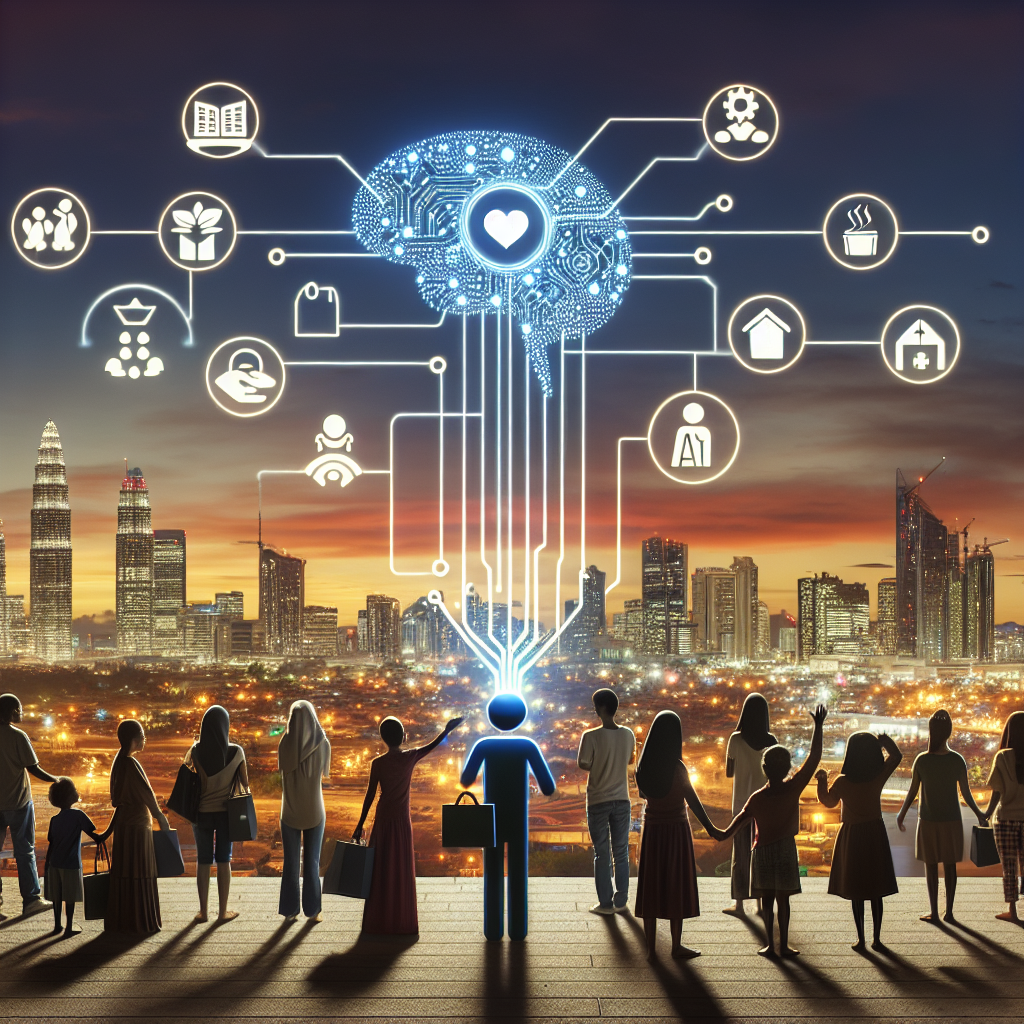The Future of Giving: AI-driven Strategies for Supporting Refugees and Immigrants
In recent years, the global refugee crisis has reached unprecedented levels, with millions of people forced to flee their homes due to conflict, persecution, and other forms of violence. As a result, there has been a growing need for innovative and effective strategies to support refugees and immigrants as they navigate the challenges of displacement and resettlement.
One promising approach to addressing this issue is the use of artificial intelligence (AI) technology to streamline and enhance the process of giving and support for refugees and immigrants. By leveraging AI-driven strategies, organizations and individuals can better identify and meet the needs of those affected by displacement, ultimately improving their overall well-being and integration into new communities.
AI-driven strategies for supporting refugees and immigrants can take many forms, from automated donation platforms to personalized support services. These technologies have the potential to revolutionize the way we approach giving and support for vulnerable populations, making it more efficient, effective, and impactful.
One of the key benefits of using AI in this context is the ability to analyze large amounts of data to identify trends, patterns, and gaps in services. By harnessing the power of AI, organizations can gain valuable insights into the needs and preferences of refugees and immigrants, allowing them to tailor their support services accordingly.
For example, AI can be used to analyze social media data to identify individuals who are at risk of displacement or who may be in need of assistance. By tracking online conversations and behavior, organizations can pinpoint those who are most in need of support and reach out to them proactively.
AI can also be used to match donors with refugees and immigrants in need of assistance. By analyzing donor preferences and the needs of individuals, AI algorithms can help to connect those who are willing to give with those who are in need, making the process more efficient and effective.
Furthermore, AI-driven chatbots and virtual assistants can provide personalized support to refugees and immigrants, offering information, guidance, and emotional support in a way that is accessible and convenient. These technologies can help to bridge language barriers and cultural differences, making it easier for individuals to navigate the challenges of displacement and resettlement.
Overall, the future of giving for refugees and immigrants is bright with the integration of AI-driven strategies. By harnessing the power of artificial intelligence, organizations and individuals can make a real difference in the lives of those affected by displacement, providing them with the support and resources they need to thrive in their new communities.
FAQs:
Q: How can AI be used to support refugees and immigrants?
A: AI can be used in a variety of ways to support refugees and immigrants, including analyzing data to identify trends and gaps in services, matching donors with those in need, and providing personalized support through chatbots and virtual assistants.
Q: What are the benefits of using AI in this context?
A: The benefits of using AI in supporting refugees and immigrants include increased efficiency, effectiveness, and impact. AI can help organizations to better understand the needs of vulnerable populations and tailor their support services accordingly.
Q: How can individuals get involved in supporting refugees and immigrants using AI?
A: Individuals can get involved by donating to organizations that use AI-driven strategies to support refugees and immigrants, volunteering their time and skills to help develop and implement AI technologies, and advocating for policies that support the use of AI in this context.

